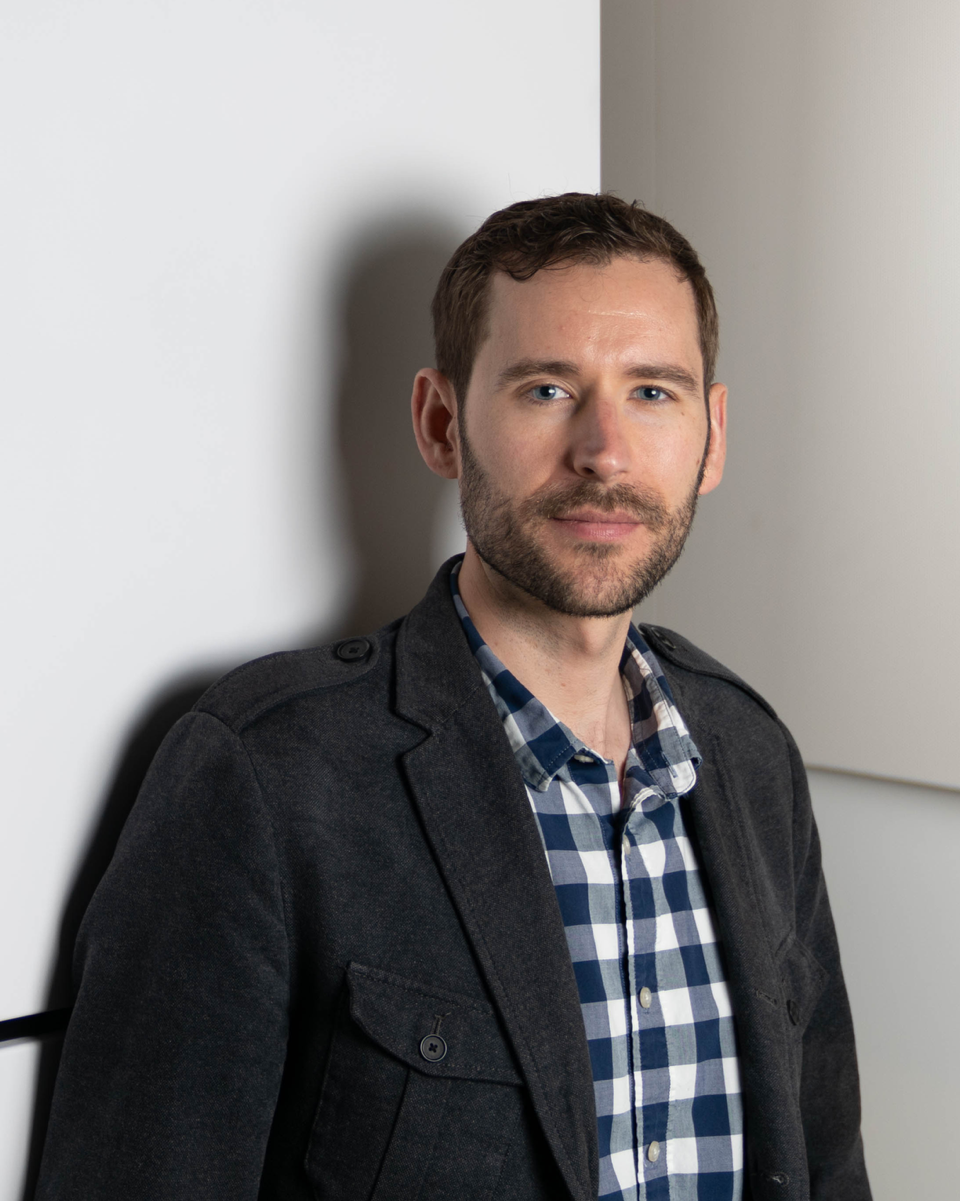
CQE PI Feature – James LeBeau
Hunting for single photon emitters with electron microscopy
Featured in QSEC January newsletter 2025
Prof. James LeBeau, an associate professor in the Materials Science & Engineering department at MIT, uses state-of-the-art electron microscopy methods to investigate the atomic and electronic structure of interfaces and defects with precision and accuracy below a picometer.
Applied to materials for quantum computing applications, he is particularly interested in single-photon emitters for spin-qubit applications.
Ever since he started working on electron microscopes as an undergraduate researcher, he has been struck by the technique’s power to explain material behavior directly. “Materials at the length scales below a nanometer often deviate significantly from what we surmise the atoms to behave based on the best theories available,” he explains. This is because assumptions often go into creating structures explored with theory that do not appropriately consider all the various contributions.
He became interested in studying materials for quantum applications, driven by a curiosity about the influence of local structural environments on qubit coherence. For example, controlled defect introduction (i.e. doping) is critical to enabling functionality. The electron microscope is particularly well suited to characterize the defects in a material, which can play a pivotal role in determining a device’s functionality and performance. While they might seem undesirable, these “defects”—ranging from point defects like vacancies and interstitials to extended defects like dislocations and grain boundaries—can profoundly influence the properties of single photon emitters. Thus, understanding and engineering defects is key to optimizing device performance.
LeBeau’s team is interested in directly quantifying the structure at and around individual dopants/defects that form spin-active color centers. Generating these color centers often relies on ion implantation, a process where ionized atoms are accelerated to high velocity (energy), and directed toward a target/host material. Upon impact, the dopants create a cascade of atomic collisions, leaving behind a trail of damage in the form of displaced atoms and vacancies. While subsequent thermal annealing can repair much of this damage and activate the dopants, understanding the initial damage and defect distribution is critical to predicting device performance.
Until now, direct and crucial insights into the ion implantation damage mechanisms have been elusive, but LeBeau’s team is developing approaches to gain new insights. “Enter multislice electron ptychography (MEP), a groundbreaking imaging technique that promises to bridge this gap,” LeBeau says, “unlike conventional methods, MEP reconstructs three-dimensional sample information with remarkable spatial resolution. By iteratively solving for a material’s potential in slices, it can analyze volumes exceeding 2,000 cubic nanometers, capturing atomic displacements, vacancies, and dopants with unprecedented precision.” The technique’s sensitivity to atomic number and ability to reconstruct complex defect geometries make it an ideal candidate for studying the intricate effects of ion implantation.
James joined the MIT Materials Science & Engineering Department as an associate professor in July 2019. He earned his B.S. in Materials Science and Engineering at Rensselaer Polytechnic Institute in Troy, NY. During his undergraduate studies, James participated in research that spurred his passion for electron microscopy and materials characterization. He then moved to the University of California Santa Barbara, where he earned his Ph.D. in Materials in 2010. Before joining MIT, he was an associate professor at North Carolina State University.




Copyright © 2022-2023 MIT Center for Quantum Engineering – all rights reserved – Accessibility


